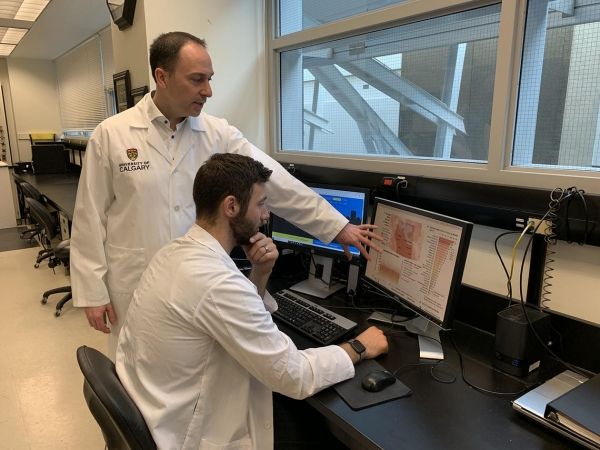As awareness increases about the health danger of radon gas, more people are making the decision to test their homes for the deadly gas. A University of Calgary-led study finds the only reliable way to measure exposure to radon gas is with a long-term testing kit, which takes readings within the home for 90 or more days.
“Radon gas levels can fluctuate wildly day to day,” says Dr. Aaron Goodarzi, PhD, pictured above. Goodarzi is assistant professor in the departments of Biochemistry and Molecular Biology and Oncology and member of the Arnie Charbonneau Cancer Institute at the Cumming School of Medicine.
“Short-term tests can give a false sense of alarm, or worse, a false sense of security as they cannot precisely predict long-term exposure.”
Researchers placed two test kits, a short-term (five-day) and long-term (90-day) in the same homes. Tests were conducted during summer and winter months. Findings showed the short-term kits were imprecise up to 99 per cent of the time when compared to a long-term test.
Continue reading at University of Calgary
Image via University of Calgary


